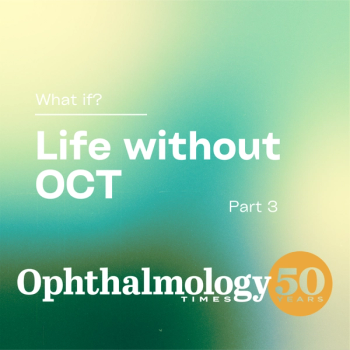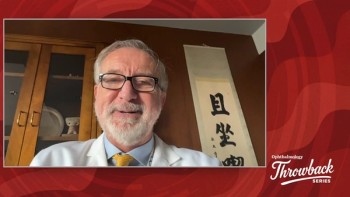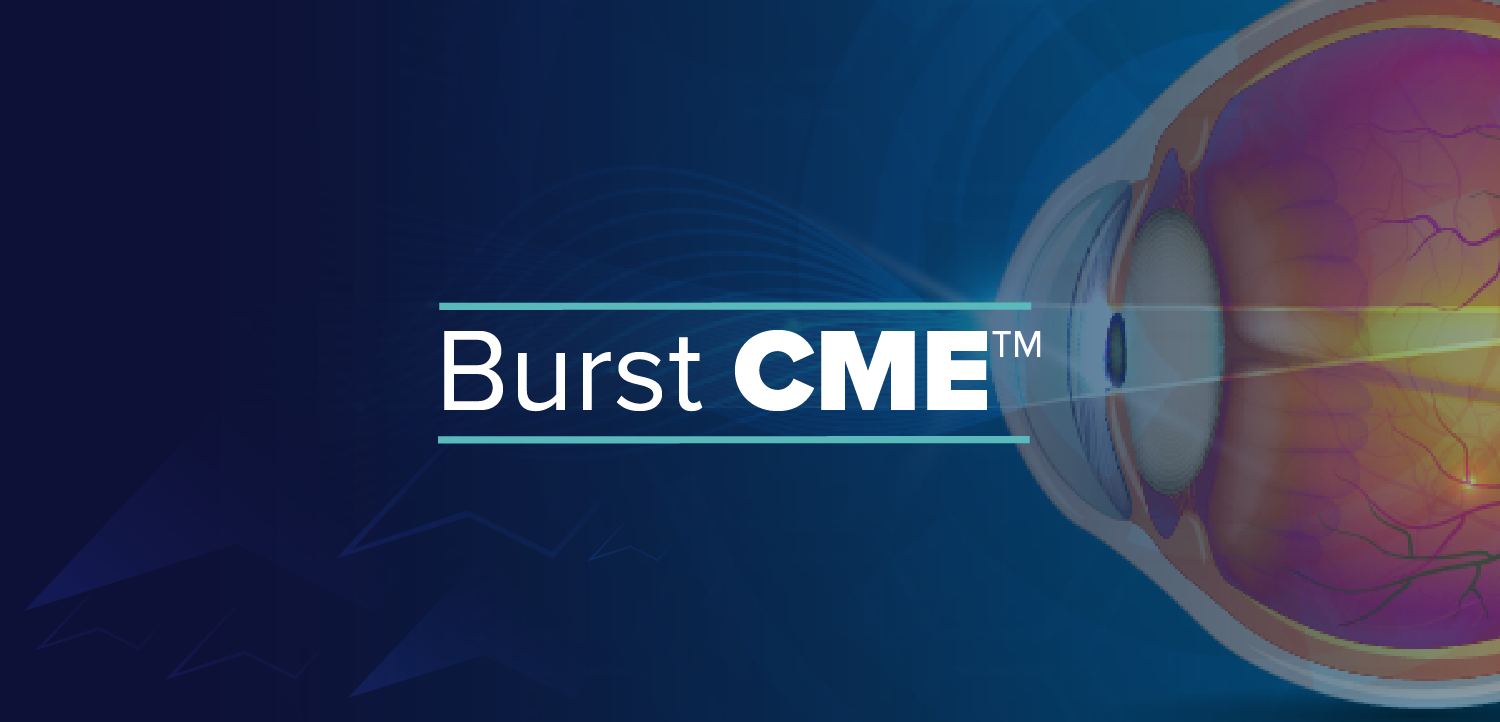
Bladeless, custom FLACS technology: What's in a name?
A small review recently found 28 different names for the procedure, and the chances are there are even more currently in use.
Take-home message: A small review recently found 28 different names for the procedure, and the chances are there are even more currently in use.
By Dr Burkhard Dick, MD, PhD
The femtosecond laser is becoming more and more popular among cataract surgeons. The lasers are used to effectively perform arcuate and corneal incisions, capsulotomy, and lens fragmentation prior to carrying out the somewhat reduced part of manual surgery, removal of the lens fragments and implantation of the intraocular lens. Femtosecond laser technology is often discussed in various medical peer-reviewed journals, at conventions/conferences, and even among the public, who I find are somewhat fascinated by any procedure involving the use of a “laser.”
The femtosecond laser has been around for half a decade now. In my mind, half a decade is sufficient time to consider the famous Shakespeare quote “what’s in a name?” Of course, the technology certainly does not suffer from a shortage of attributed names. A small review recently highlighted this fact by revealing 28 different names for the procedure, and the chances are there are even more currently in use. Terminology for the procedure employed in surgical centres often involves “custom laser cataract surgery,” “laser cataract refractive surgery,” “femtosecond laser-assisted cataract surgery” (probably the closest we have to a widely accepted term), “laser lens surgery,” and more exotic creations such as “bladeless surgery” or the rather nondescript “advanced technology.” The latter of which is particularly incongruous as it could actually be used to describe a whole host of ‘latest’ inventions, from the latest high-definition TV screen to some super-smooth five- or six-layer razor blade.1-6
Selecting an apt and unified name
In my opinion, a unified name that simultaneously captures the excitement of the users while reflecting its true nature is long overdue. So what should that name be? For a start, I believe that a unified term can certainly do without containing the words “refractive” and “custom.” Why? Well, because all cataract surgery is refractive and personalised these days: we all see many patients whose primary goal is to have their refractive error corrected by replacing their lens (a lens that is sometimes only slightly afflicted by cataract), with an intraocular lens that is right for them and suits their individual lifestyle. By solely operating on patients according to their individual’s needs, “custom” is, by definition, all we really do. Yet while each patient we see under the operating microscope has slightly different treatment needs to the last, the precise physical characteristic of the technology, the “femtosecond” laser, remains constant; a pulse time duration of the order of a femtosecond (10 to 15 seconds). Is this feature of the laser unique and irreplaceable? Well yes, probably for now, but we may all be completely unaware of a potentially not-so-distant future in which another, as-yet undeveloped, laser with a different pulse might possibly perform different steps of surgery even better, or even more precisely. Therefore, I would propose calling our latest breakthrough laser-assisted cataract surgery (with a uniformed LCS abbreviation) and be aware that in the minds of our patients, as The Bard used to say, “this rose would smell as sweet by any other name.”
References
- T. Filkorn et al., J. Refract. Surg. 2012;28:540-544.
- Z.Z. Nagy et al., J. Refract. Surg. 2012;28:855-857.
- G. Sutton et al., Curr. Opin. Ophthalmol. 2013;24:3-8.
- Z.Z. Nagy et al., J. Refract. Surg. 2013;29:8.
- A.I. Takács et al., J. Refract. Surg. 2012;28:387-391.
- M. Lawless et al., J. Refract. Surg. 2012;28:859-864.
Dr Burkhard Dick, MD, PhD
Dr Dick is the Chairman & Director and Clinical Professor at the University Eye Hospital of Bochum, Germany.
Dr Dick is a paid consultant for Abbott Medical Optics, Bausch & Lomb and Optical Express.
Newsletter
Don’t miss out—get Ophthalmology Times updates on the latest clinical advancements and expert interviews, straight to your inbox.


















































.png)


